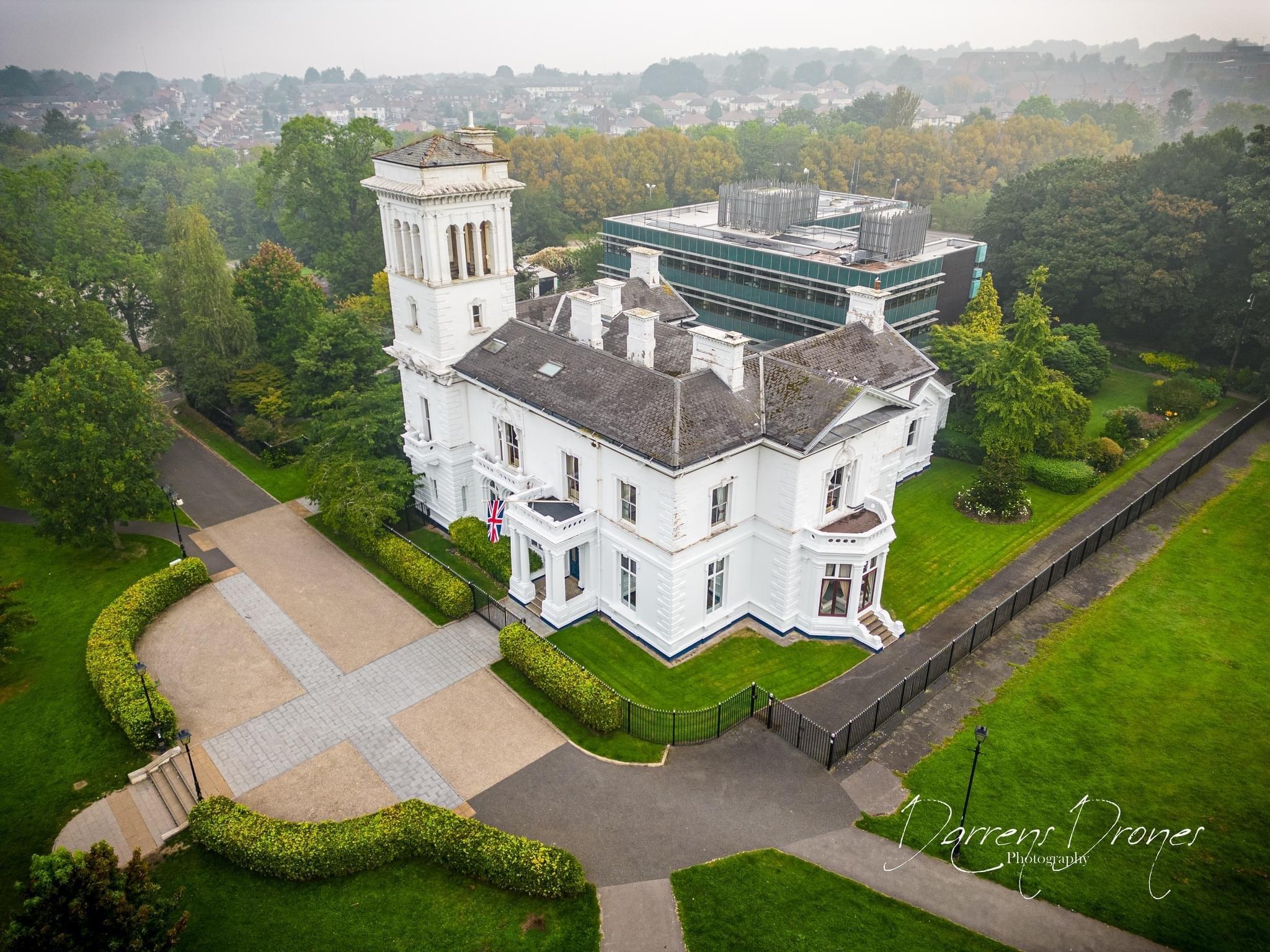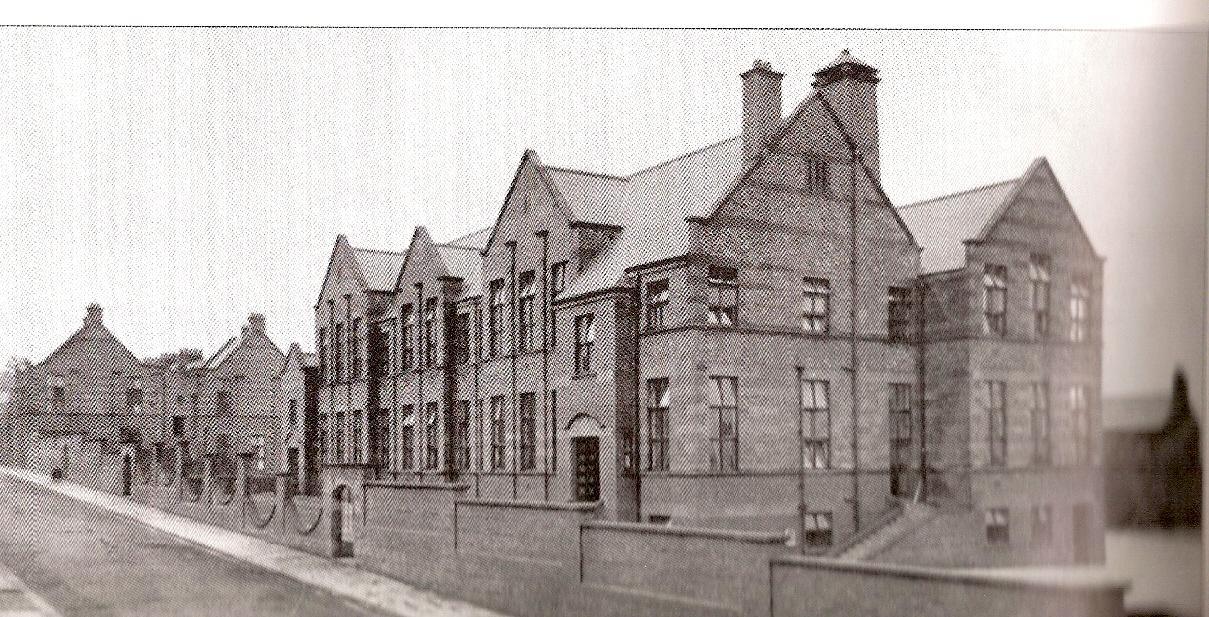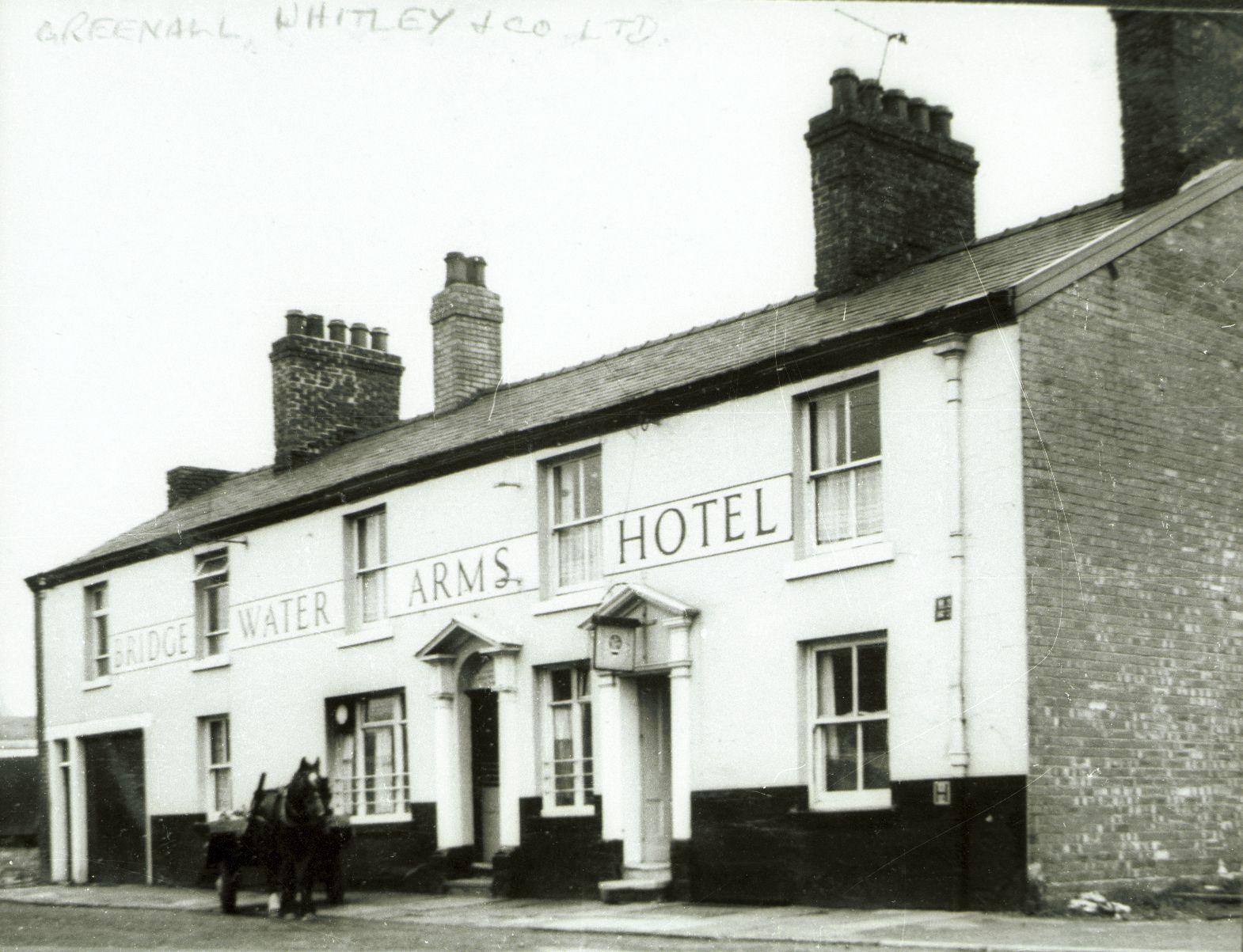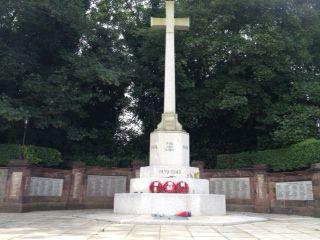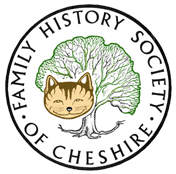We meet on the 1st Wednesday of each month (except January) at The Church of Jesus Christ of the Latter-day Saints, Clifton Road West, Runcorn, WA7 4TE
We start at 7pm until 9pm. Members £2 Non-members £3 Free for first time visitors
The venue has Wi-Fi and plenty of parking space.
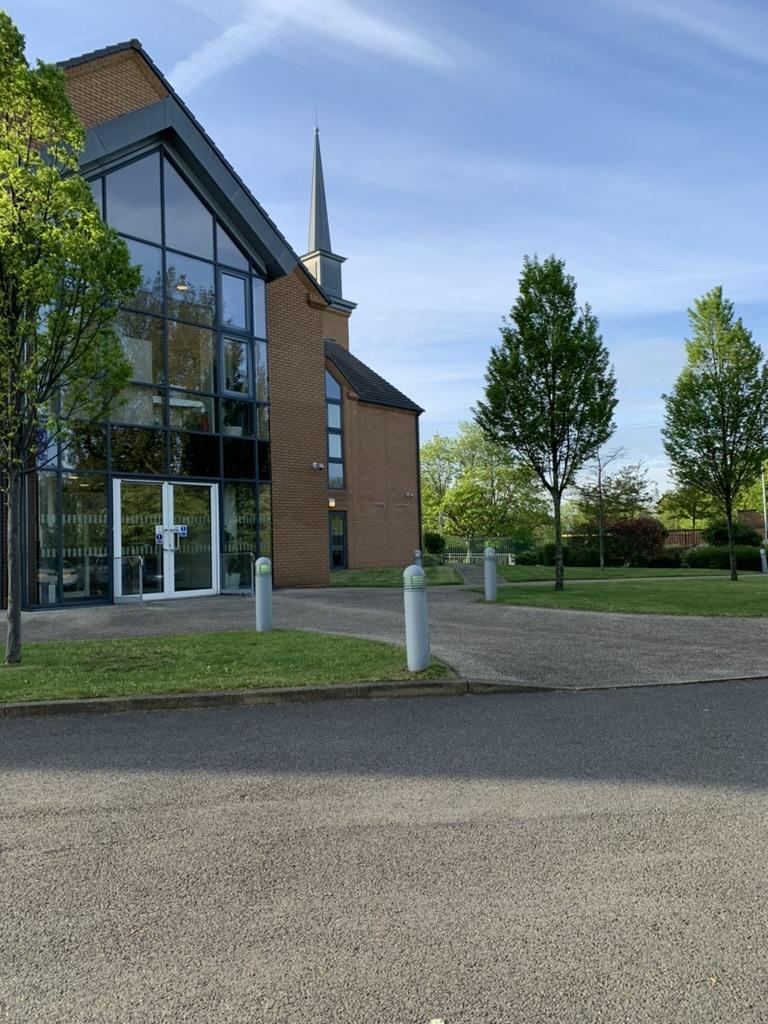
Future Meetings - all enquires to our Group Leader John Barlow at
RUNCORN is an industrial town in the unitary authority of Halton, on the southern banks of the River Mersey. Before it became polluted, people from miles around would come to bathe and breathe in our clear air. Especially those who were convalescing.
Norman Cheshire, the first Earl of Chester, split his estate into baronies. The Halton barony held precedent over all other and Nigel, the constable of Chester, became its first baron. Nigel erected a motte and bailey castle on Halton Hill approx., 1071 to keep watch over the Cheshire and Lancashire plains and the river estuary. The stone-built castle, as is seen remained today, would have started progress in the latter half on the 12th century, being gradually built upon with each of the early barons undertaking various projects and adding to the work of his predecessor.
In 1115, Nigel’s son, William founded an Augustinian Priory at Runcorn. In 1134 the monks moved the priory to Norton. The barons of Halton provided Norton Priory with substantial amounts of money until 1200. In 1391 the priory was raised to the higher status of Abbey. In 1536 the monastery was dissolved, and a few years later the buildings and some of the monastic lands were sold to Sir Richard Brooke who converted the habitable part of the Abbey into a home for himself and his family.
Today, Runcorn is one of the most industrial parts of the UK with Ineos Chlor Chemical Plant, previously ICI and many other industrial buildings. Runcorn consists of the “old Town” a taboo word to those born and bred from Runcorn. Runcorn began expansion on farmland during the Industrial Revolution brought by the Bridgewater Canal and Runcorn New Town which was designated in 1964. This house overspill population from Liverpool, unfortunately there was insufficient employment for the additional population which has caused social problems.
Runcorn New Town was the first to pioneer the use of bus only roads over a large scale.
Runcorn retains ruins of the 12th century castle and the remains of the priory. Large chemical works are found at the furthest edge of the western part of the Town. This is offset by the vast greenery of the New Town to the East. The Catalyst Museum in neighbouring Widnes recognises the contribution of the chemical industry as it has developed around the North West.
The remains of Norton Priory, including its museum and walled garden are the main tourist attraction of the Town. Runcorn also has an award-winning arts centre called The Brindley which was opened in 2004.
Photo's by Darren's Drones, Roy Gough, Linda Wilding
Greatful thanks to Darrens Drone's for allowing me to use his Ariel Photography on our Runcorn Page, his amazing shots allow me to show you our Town at its best. This first one of our magnificent Town Hall once the Grange, gives you all a fantastic view from the air. I'm sure he will supply me with more in the future. Keep looking!.
